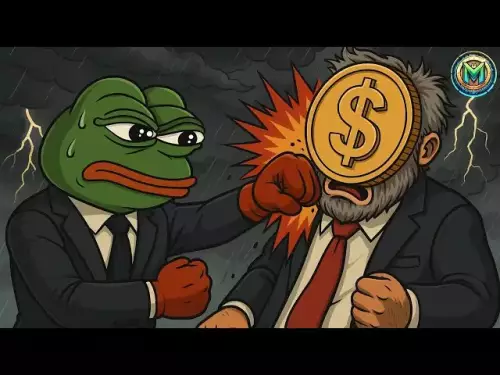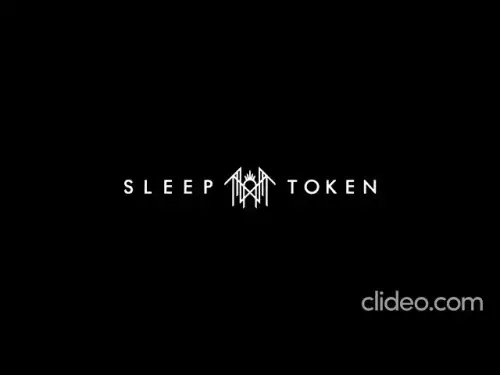-
 Bitcoin
Bitcoin $112200
0.96% -
 Ethereum
Ethereum $4310
0.64% -
 XRP
XRP $2.978
4.28% -
 Tether USDt
Tether USDt $0.9999
-0.02% -
 BNB
BNB $877.9
0.29% -
 Solana
Solana $215.6
6.68% -
 USDC
USDC $0.9997
-0.02% -
 Dogecoin
Dogecoin $0.2387
7.54% -
 TRON
TRON $0.3316
0.73% -
 Cardano
Cardano $0.8633
4.49% -
 Hyperliquid
Hyperliquid $50.46
7.52% -
 Chainlink
Chainlink $23.01
3.82% -
 Ethena USDe
Ethena USDe $1.001
-0.01% -
 Sui
Sui $3.469
2.94% -
 Stellar
Stellar $0.3750
4.79% -
 Bitcoin Cash
Bitcoin Cash $587.2
-2.71% -
 Avalanche
Avalanche $25.48
4.50% -
 Hedera
Hedera $0.2258
3.79% -
 UNUS SED LEO
UNUS SED LEO $9.548
0.05% -
 Litecoin
Litecoin $112.7
-1.24% -
 Cronos
Cronos $0.2527
-2.26% -
 Toncoin
Toncoin $3.098
-0.03% -
 Shiba Inu
Shiba Inu $0.00001287
4.08% -
 Polkadot
Polkadot $4.037
1.46% -
 Uniswap
Uniswap $9.567
3.02% -
 Dai
Dai $0.9997
-0.01% -
 Ethena
Ethena $0.7735
5.26% -
 World Liberty Financial
World Liberty Financial $0.2077
-7.48% -
 Monero
Monero $271.3
0.38% -
 Aave
Aave $302.8
1.35%
What is an NFT floor price?
The NFT floor price represents the lowest listed price in a collection, serving as a key indicator of its market health and entry cost.
Sep 08, 2025 at 11:36 pm
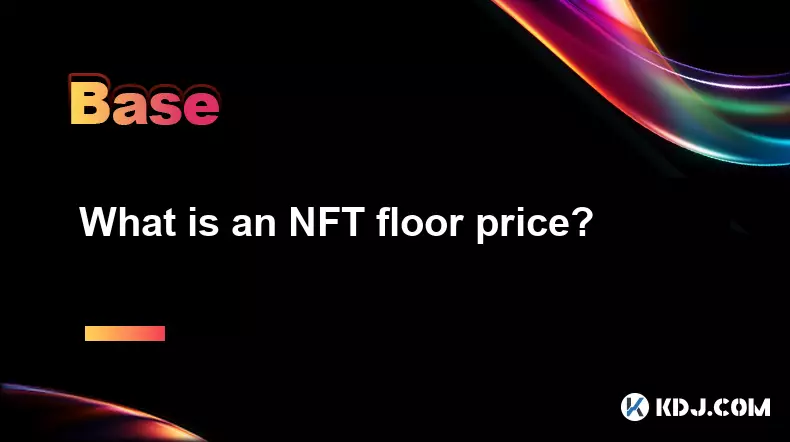
Understanding NFT Floor Price
1. The floor price of an NFT collection refers to the lowest price at which a token from that collection is currently listed for sale on a marketplace. This metric is widely used by traders and collectors to gauge the baseline value of a particular NFT project. Since NFTs within a collection can vary significantly in rarity and desirability, the floor price reflects the cheapest available option, often representing the least rare or most common trait in the set.
2. Marketplaces like OpenSea, LooksRare, and Blur display the floor price prominently for each collection, allowing users to quickly assess entry-level costs. This figure is dynamic and changes as listings are bought, canceled, or updated. When demand increases, buyers may purchase floor-priced items, causing the remaining lowest listing to rise, thus increasing the floor price.
3. The floor price is not an average or median value—it strictly represents the lowest active ask. It plays a critical role in determining the perceived health of a collection. A steadily rising floor price often signals growing confidence and demand, while a sharp decline might indicate waning interest or a wave of panic selling.
4. Some investors use the floor price as a benchmark for determining when to enter or exit a position. For instance, buying near or at the floor can be seen as a cost-effective way to gain exposure to a popular project. However, it's important to recognize that a low floor price doesn’t always mean a good deal—illiquid markets or low trading volume can distort the actual value.
5. Floor price manipulation, known as 'wash trading' or 'floor sweeping,' occurs when a single entity buys multiple floor-priced NFTs to artificially inflate the perceived value of the collection. This tactic can mislead new investors into thinking demand is higher than it truly is. Platforms are increasingly implementing safeguards to detect such behavior, but vigilance is still required.
Factors Influencing NFT Floor Prices
1. Rarity and trait desirability are primary drivers. NFTs with unique or statistically rare attributes often command higher prices, pushing up the overall floor when demand for common variants increases as well. Projects that publish rarity scores help buyers identify valuable pieces, indirectly supporting floor stability.
2. Community engagement and social media presence significantly impact floor prices. Collections with active Discord servers, regular updates from creators, and strong influencer backing tend to maintain or increase their floor prices even during broader market downturns.
3. Utility and real-world benefits attached to NFTs—such as access to exclusive events, staking rewards, or membership perks—can anchor floor prices above zero. When holders receive ongoing value, they are less likely to dump their assets at low prices.
4. Overall market sentiment in the cryptocurrency space affects NFT pricing. During bull markets, speculative buying pushes floor prices upward across many collections. Conversely, bear markets often see floor prices collapse as liquidity dries up and investors prioritize stablecoins or major cryptocurrencies.
5. The release of new collections by the same team or the announcement of collaborations can cause spikes in floor prices. These events generate renewed interest and media coverage, prompting buyers to re-enter the market.
How Traders Use Floor Price Data
1. Arbitrage opportunities arise when the same NFT is listed at different prices across multiple marketplaces. Traders monitor floor prices on various platforms to buy low on one and sell slightly higher on another, profiting from the discrepancy.
2. Floor price divergence from recent sale prices can signal market inefficiencies. If recent transactions are significantly above the current floor, it may indicate that the listed floor item is undervalued or that the market is illiquid.
3. Some traders engage in 'floor farming' by acquiring multiple low-cost NFTs before a potential airdrop or reward distribution. Projects often reward long-term holders, so accumulating floor items ahead of such events can yield substantial returns.
4. The floor price is used to calculate the total cost of acquiring an entire collection's floor-level inventory. This metric, sometimes called 'full floor sweep cost,' helps gauge the capital required to take control of a collection’s pricing structure.
5. Traders closely watch floor price trends in conjunction with trading volume and holder count to identify accumulation or distribution phases. A rising floor price with increasing volume typically confirms strong demand, while a rising floor with declining volume may suggest manipulation or thin liquidity.
Common Misconceptions About Floor Price
1. A low floor price does not necessarily mean an NFT project is failing. Some collections intentionally maintain accessibility for new users, and a stable low floor with consistent volume can indicate a healthy, active community.
2. The floor price alone does not reflect the true market value of a collection. High-value rare pieces may sell for hundreds of times the floor, meaning the overall market cap is much higher than what floor-based calculations suggest.
3. Floor price should not be confused with intrinsic value—some NFTs have cultural or sentimental worth beyond their current listing price. Early adopters may hold floor items not for profit but for identity or affiliation with the project.
4. Automated bots and sniper tools can instantly purchase floor listings the moment they appear, making it difficult for retail buyers to acquire assets at the stated floor price. This creates a gap between listed price and actual execution price.
5. Not all NFTs within a collection are fungible, so the floor price doesn’t function like a stock ticker. Each token is unique, and the lowest price listing may remain unsold for long periods if buyers are waiting for a specific trait.
Frequently Asked Questions
What causes a sudden drop in NFT floor price?A sudden drop often results from large holders selling multiple floor-priced items at once, commonly referred to as 'dumping.' Negative news about the project, loss of utility, or broader crypto market crashes can also trigger rapid declines.
Can the floor price be zero?The floor price cannot be zero because NFTs must be listed with a minimum ask price to appear in marketplace filters. However, if no one lists their NFT for sale, the floor becomes stagnant or effectively inactive until new listings appear.
How is floor price different from average price?The floor price is the lowest current listing, while the average price is the mean value of all recent sales over a set period. The average can be much higher than the floor, especially in collections with high-value rare pieces skewing the data.
Do all NFT marketplaces show the same floor price?No, floor prices can vary between platforms due to differences in listing volume, user base, and transaction fees. A collection might have a lower floor on a decentralized marketplace like LooksRare compared to OpenSea due to incentive structures or lower competition.
Disclaimer:info@kdj.com
The information provided is not trading advice. kdj.com does not assume any responsibility for any investments made based on the information provided in this article. Cryptocurrencies are highly volatile and it is highly recommended that you invest with caution after thorough research!
If you believe that the content used on this website infringes your copyright, please contact us immediately (info@kdj.com) and we will delete it promptly.
- Bitcoin Price, Whale Buys & MAGACOIN: What's the Deal?
- 2025-09-09 10:25:13
- Cryptos Primed for Upside Gains in September 2025: Arctic Pablo, MoonBull, and More
- 2025-09-09 09:10:46
- Ethereum, Solana, XRP: Decoding the Latest Crypto Trends
- 2025-09-09 09:10:46
- Dogwifhat, Meme Coin Mania, and Presales: What's the Deal?
- 2025-09-09 09:10:47
- Liberty Seated Dollar, 1870, Harlan Berk: Unveiling a Numismatic Mystery
- 2025-09-09 09:10:47
- OpenLedger (OPEN): Riding the AI and Exchange Listing Wave
- 2025-09-09 09:10:48
Related knowledge

What is social recovery for wallets?
Sep 09,2025 at 09:54am
Understanding Social Recovery in Cryptocurrency Wallets1. Social recovery is a security mechanism designed to help users regain access to their crypto...
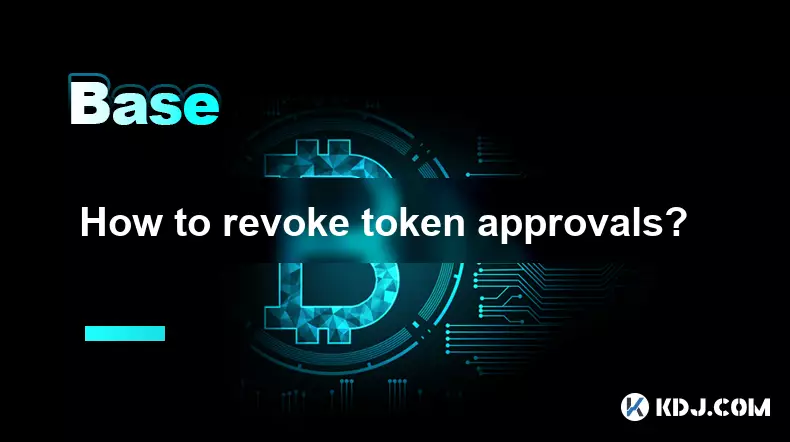
How to revoke token approvals?
Sep 09,2025 at 12:18am
Understanding Token Approvals in the Crypto Ecosystem1. Token approvals are a foundational component of blockchain interactions, especially within dec...
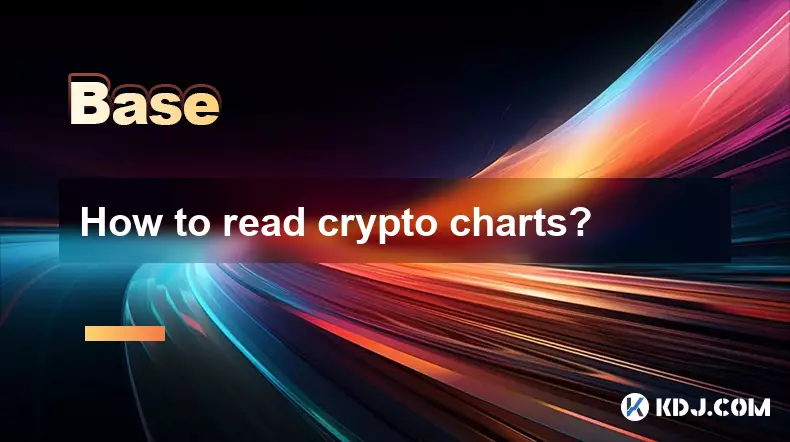
How to read crypto charts?
Sep 08,2025 at 11:36pm
Understanding the Basics of Crypto Chart Types1. The most common chart type used in cryptocurrency trading is the candlestick chart. Each candlestick ...

What are Real World Assets (RWA)?
Sep 09,2025 at 06:37am
Understanding Real World Assets in the Cryptocurrency Ecosystem1. Real World Assets, commonly referred to as RWA, represent physical or traditional fi...

What is technical analysis in crypto?
Sep 09,2025 at 07:18am
Understanding Technical Analysis in the Crypto Market1. Technical analysis in the cryptocurrency market involves evaluating past price movements and t...

What does "shill" mean in crypto?
Sep 09,2025 at 01:18am
Understanding the Term 'Shill' in the Crypto Space1. In the context of cryptocurrency, the term 'shill' refers to someone who aggressively promotes a ...

What is social recovery for wallets?
Sep 09,2025 at 09:54am
Understanding Social Recovery in Cryptocurrency Wallets1. Social recovery is a security mechanism designed to help users regain access to their crypto...

How to revoke token approvals?
Sep 09,2025 at 12:18am
Understanding Token Approvals in the Crypto Ecosystem1. Token approvals are a foundational component of blockchain interactions, especially within dec...

How to read crypto charts?
Sep 08,2025 at 11:36pm
Understanding the Basics of Crypto Chart Types1. The most common chart type used in cryptocurrency trading is the candlestick chart. Each candlestick ...

What are Real World Assets (RWA)?
Sep 09,2025 at 06:37am
Understanding Real World Assets in the Cryptocurrency Ecosystem1. Real World Assets, commonly referred to as RWA, represent physical or traditional fi...

What is technical analysis in crypto?
Sep 09,2025 at 07:18am
Understanding Technical Analysis in the Crypto Market1. Technical analysis in the cryptocurrency market involves evaluating past price movements and t...

What does "shill" mean in crypto?
Sep 09,2025 at 01:18am
Understanding the Term 'Shill' in the Crypto Space1. In the context of cryptocurrency, the term 'shill' refers to someone who aggressively promotes a ...
See all articles
























